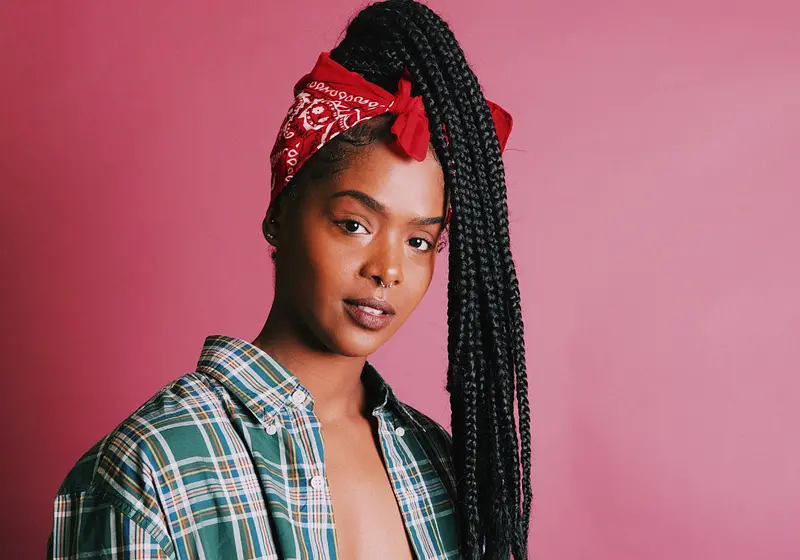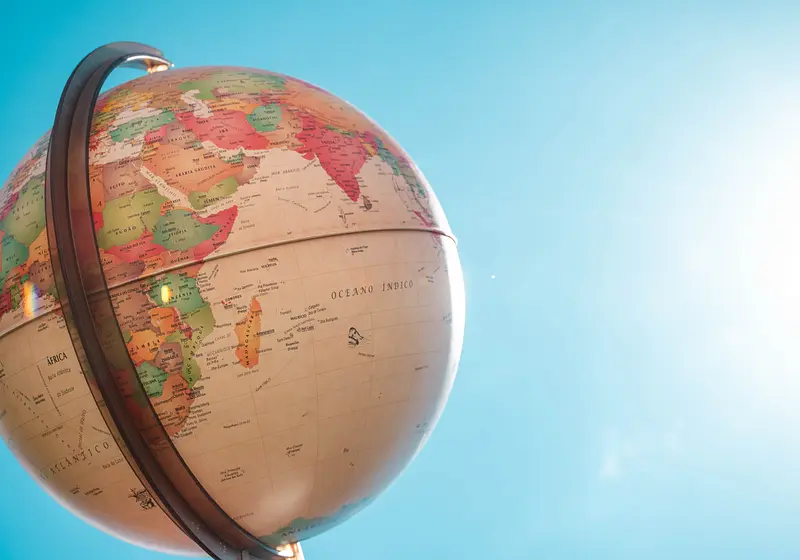To most people, braids are little more than an interesting hairdo or what people use to style their hair during sleepovers, existing only to keep hair from our eyes or accentuate our latest outfits.
However, in reality, they're so much more than that. Within the familiar tightly-bound locks is history— a tale of the lives and struggles of millions that is both ancient and ongoing. By recognizing braids as only an accessory, we disregard thousands of years' worth of practices and experiences that form Black people's identities everywhere.
Once we learn a little more about how the practice of braiding indeed came about and developed alongside the most remarkable civilizations and empires, we'll see just how much more than a simple fashion statement it really is.
Let us slide into your dms 🥰
Get notified of top trending articles like this one every week! (we won't spam you)Origins
A look into where they come from
1. Cornrows
Due to the discovery of stone paintings that portrayed women with braids, it is supposed that braids first appeared amongst Namibia's Himba people back in 3500 BC.
The common belief is that these braids were used to distinguish between tribal affiliations, marital statuses, religions, and social positions. For example, the Democratic Republic of the Congo's Mangbetu women wore their hair in "basket-like styles" that "accentuated the skull elongation indicative of beauty and class" and set them apart from women of other regions.
2. Box Braids
In Egypt, circa 3100 BC, this type of braid mostly showcased social status.
People of high standing adorned their braids with “beads, jewels, and at times, extensions”, whereas those from the middle and lower classes wore theirs plain for the mere sake of practicality.
3. Others Throughout History
Some other origins of different types of braids include the Native Americans’ use of pigtail braids by both men and women in 400 CE and the appearances of crown braids in Europe and staircase braids in China between the 11th and 15th centuries and the 17th and 20th centuries, respectively.
Take the Quiz: Which Indian city is the perfect holiday spot for you!?
Let's match you with an Indian city that you would love!
Braiding During Slavery
At this point, you may be wondering exactly how braids play such a significant role in Black culture. Yes, many forms do have roots in Black civilizations, but other styles stem from European and Chinese cultures, too.
The truth is that how slaves during the time of the Transatlantic Slave Trade era used their braids as so much more than a hairstyle truly gives the practice such a powerful meaning.
Before being shipped off to the Americas or Europe, enslaved women’s hair was shaved off to detach them from their roots. Once it grew back, however, slaves used their braids for three critical reasons as they labored under the harshest and most inhumane of conditions:
1. Practicality
Of course, slaves still used braids for the obvious practical reasons that came along with them: to ease the effects of the sweltering heat and to keep their hair out of their eyes.
2. A Means to Send Messages
They used the pattern and number of their braids to communicate with one another, relaying escape routes and information regarding meetings. In Colombia, for example, the braiding style departes was used to inform others of one's desire to escape.
3. A Storage for Little Tokens
Slaves often hid mementos and accessories, amongst others, from home within their plaits. Therefore, braids served to connect the people to both their pasts and their homelands.
Braiding After Slavery
After slaves were freed under the Emancipation Proclamation, they felt a need to disconnect from their terrible memories of the past. Unfortunately, braids fell under what they considered a painful reminder of these, in addition to setting them apart in a society ruled by Eurocentric beauty standards, and people abandoned the practice for years.
However, with the rise of the Black is Beautiful movement of the 1960s, Black women began to wear braids more openly to express their pride in their identity and embrace their roots. To this day, braids serve as a silent proclamation that slavery will not be given the power to erase such an essential part of people's identity and that Black people are proud of where they come from and how they got to where they are now.
Braiding in the Media
In 2020, Twitter exploded after seeing English singer Adele don a bikini featuring the Jamaican flag and set her hair up in some traditional African Bantu knots at the Notting Hill Carnival. Users, caught in a web of confusion that seemed to blur the lines between the two, debated whether her style was cultural appropriation or cultural appreciation. So, really, what’s the difference between the two?
Cultural appropriation is when “members of one culture adopt specific aspects of a different culture without consent”, or when a minority culture is blatantly misrepresented by a more dominant culture. This results in the reinforcement of stereotypes and often personally benefits the appropriator in one way or another.
On the other hand, cultural appreciation is when one has a genuine desire to learn about or help others learn about a particular lifestyle while giving full credit and respect to those who identify with it.
Living in the Philippines like I do, going out of the city and heading to the more provincial areas of the nation is a common holiday outing. Throughout my life, I’ve had the pleasure of going all around my country and witnessing the richness of our culture, from festivals to the food and accessories that just seem to emanate Philippine tradition.
When I visited those areas, it was no rare occurrence to see visitors posting on their social media accounts as they joined in the festivities, tried out the food, and put on traditional Filipino clothing. This never once struck me as cultural appropriation, as locals often happily provided them with the means to do so and could see their genuine eagerness to learn about different practices, often even nudging one another to share a fun fact or a reminder to be respectful.
However, I remember an incident not too long ago, when a Filipino show entitled Bagani went viral. While not being an incredibly large country, the Philippines contains a wide variety of distinct cultures, and, for the indigenous Mandaya people of Mindanao, the bagani serves as their powerful warrior chief.
I never thought cultural appropriation would be possible within a culture, so I was initially surprised at the backlash the show received. However, as I read more on the situation, the gibberish words and phrases uttered and written throughout the series that were intended to be the indigenous people’s language, in addition to the casting director’s instructions to darken the skin of lighter-skinned and more popular actors for the role instead of choosing people who could naturally and properly represent the indigenous people, seemed more and more like the appropriation of Filipino sub-cultures by Filipinos.
Being able to personally witness both cultural appropriation and appreciation, I feel strongly for the Black people who have to watch as social media turn the compendium of such an important part of their history into a trend or a pastime.
A culture is not a cheap object you take out of storage every few years to parade around and tell people you’re “inclusive”. It deserves proper recognition, respect, and representation, and there is no “but…” to that.
In Conclusion…
Social media are a powerful force that drives our thoughts, actions, and even our dreams. Every day, new fads surface, unknown people become influential, and old traditions evolve.
While learning and spreading awareness about a variety of cultures is a good thing, we have to constantly make the effort to ensure that valued traditions are never diminished to shallow trends.


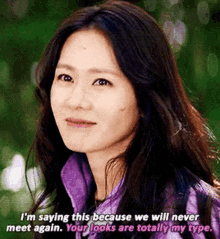





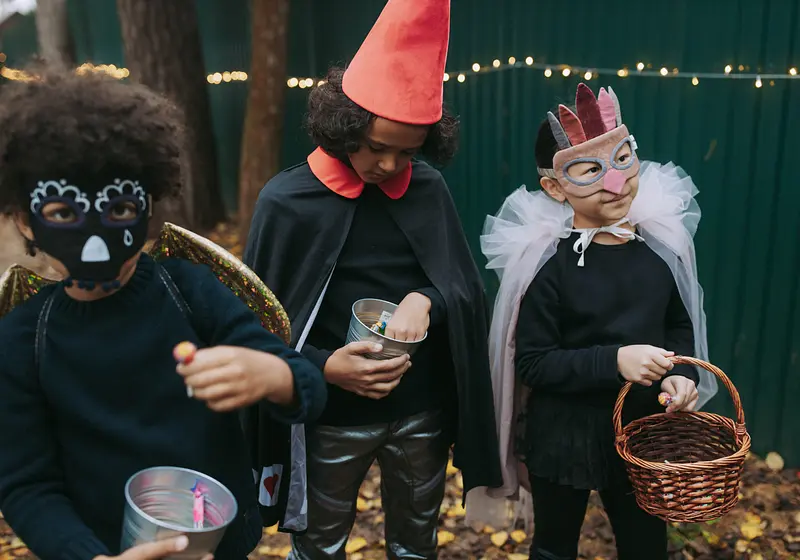

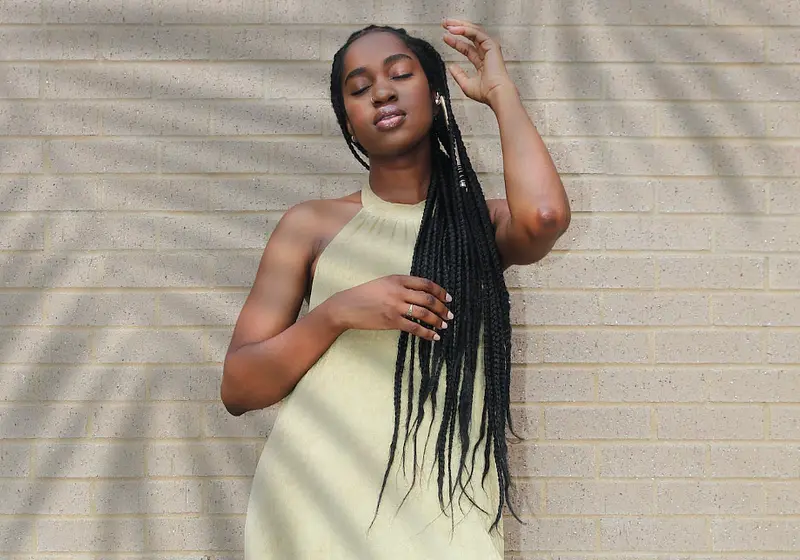
.jpg)
